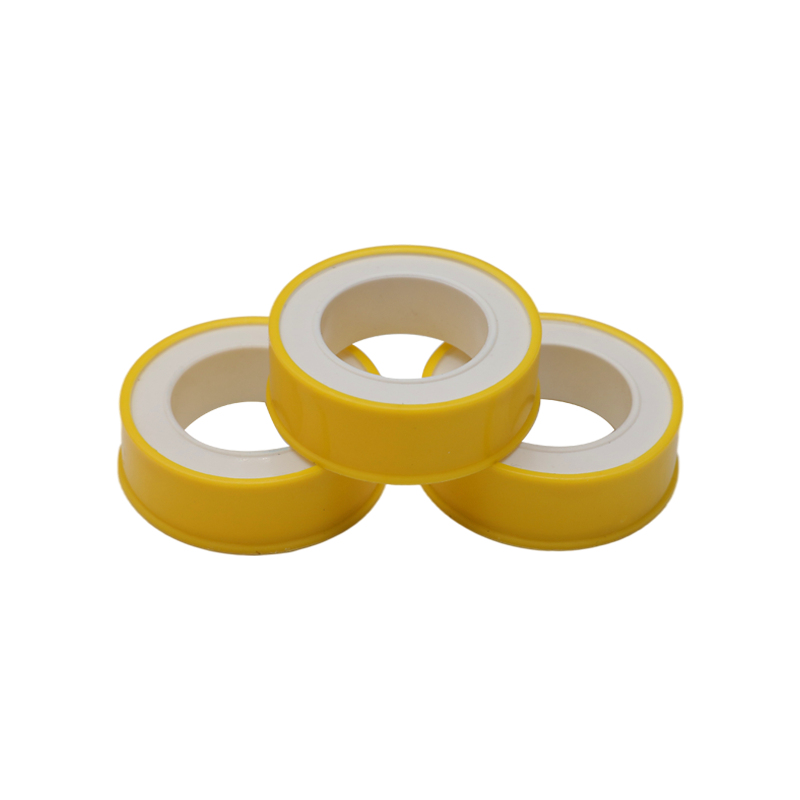Industry knowledge
The difference of 25MM with high density ptfe tape and 19MM ptfe thread tape
The difference between
25mm high-density PTFE tape and 19mm PTFE thread tape lies in their width, density, and intended applications. Here are the primary distinctions between these two types of PTFE tapes:
Width:
25mm High-Density PTFE Tape: This tape has a width of 25mm, which is wider compared to the standard 19mm PTFE thread tape.
19mm PTFE Thread Tape: This tape has a width of 19mm, which is the common standard width for PTFE thread tapes.
The difference in width is primarily related to the size of the pipe or fitting being sealed. The wider tape allows for better coverage and sealing on larger diameter pipes and fittings.
Density:
25mm High-Density PTFE Tape: This tape is referred to as "high-density" PTFE tape, indicating a higher density compared to standard PTFE thread tape. The high-density construction typically results in a thicker tape with more material per unit area, making it denser and potentially more robust.
19mm PTFE Thread Tape: This tape refers to the standard PTFE thread tape, which has a lower density compared to high-density PTFE tape. The standard density tape is thinner and may have a lower mass per unit area.
The difference in density can affect the tape's sealing properties, tensile strength, and overall durability.
Intended Applications:
25mm High-Density PTFE Tape: The high-density PTFE tape, with its wider width and potentially higher density, is commonly used in industrial applications that require a more robust sealing solution. It can be suitable for larger pipes, heavy-duty fittings, or applications where higher pressures or extreme conditions are involved.
19mm PTFE Thread Tape: The standard 19mm PTFE thread tape is widely used in plumbing applications for sealing threaded pipe connections. It is commonly used in residential and commercial plumbing systems for water supply lines, faucets, showers, and other similar applications.
While both tapes are PTFE-based and share similar properties such as chemical resistance and non-stick characteristics, the difference in width and density makes them better suited for specific applications based on the pipe size, sealing requirements, and environmental factors.


 English
English Espa?ol
Espa?ol



























